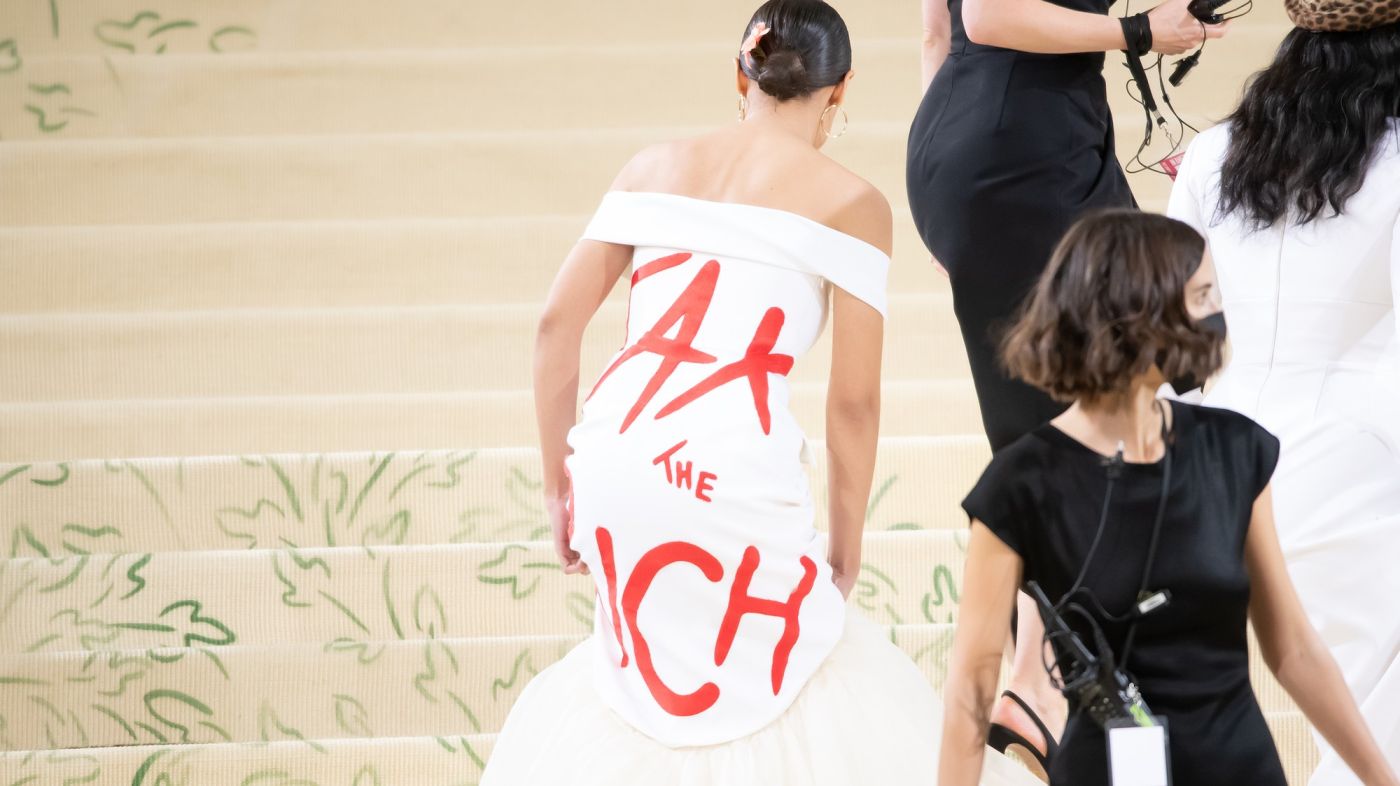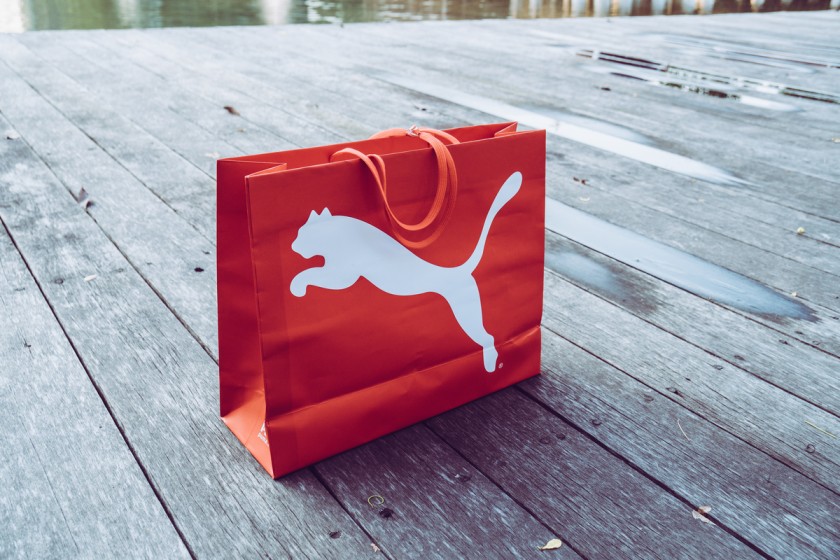How Would Inflation Affect the Fashion Industry?



According to a recent study by KPMG, in 2022, global inflation could vary between 4.5% to 7.7%. Over the last 15 years, there has been significant inflation in the prices of retail garments. However, constant war-like situations and economic issues can increase these prices further.
Also, the growth of online shopping platforms has created fierce competition for fashion brands. As a result, brands are keener on lowering the prices of their offerings even though it makes a significant dent in their profit margins.
Discounts are being offered on a large scale, and seasonal offers and price cuts have already influenced the buying psychology of the customers. Therefore, they are hardly interested in buying clothes at their regular price. The inflation in the fashion industry could mean a further rise in the cost of fibers and technology, ultimately resulting in a massive gap in demand and supply levels.
How will the Companies be Affected due to Inflation?
Companies are already dealing with the global rise in fuel prices. Logistic companies have started charging inflation and fuel surcharge to the clothing lines that use their services to sell their apparel.
However, the brands that sell their apparel through retail stores have no choice but to extend the burden of inflation directly on the retail outlets. Therefore, they may increase the price of their products to cover the extra cost inflicted due to the surcharge. Or else, they can start their e-commerce websites and share the burden of inflation and fuel hikes directly with their customers.
In simple words, the companies that suffer some loss in the margin but maintain their customer base will be the long-term gainers. Balancing the current economic situation and trying to counter the e-commerce giants seems to be the only practical situation.
The current inflation in the market is driven by price hikes in fuel and edible oils. The increase in fuel prices enhances transportation costs, reducing transport companies’ profit margins. As a result, they increase their charges, and the fashion brands compensate for the same by increasing the value of their apparel. So, in the end, the customer has to bear the brunt of the inflation.
However, companies must remember that customers indirectly influence the market through their buying decisions. If the demand for the apparel decrease in the future, they will have no option other than selling their products at discounted rates. They might need to launch a clearance sale to sell their apparel at heavy discounts.
By doing so, they can try to cover the losses they might incur from storing the accumulated products in their godowns. Or else, they can cut down their production rate and manufacture apparels as per the demands. But, in any case, their profit margins will be reduced, which will reflect in their quarterly business reports and balance sheets.
How can Clothing Brands and Industries Handle Inflation?
When we talk about the clothing business, it is not just about the companies that manufacture the clothes. We should also consider the suppliers and vendors who provide raw materials like dyes, fiber, etc. In addition, the brands that rely entirely on clothing manufacturers to design the clothes are also a part of this business. Here are some tips that clothing businesses can adopt to beat the effects of inflation in the fashion industry.
Buying raw materials in bulk

Companies that need raw materials continuously can place bulk orders. The suppliers will agree to provide the required raw materials at a lower rate if they are ordered in huge quantities. It will help apparel manufacturing companies to lower their production cost. They can eventually earn higher profit margins by selling their products at competitive prices in the market.
Finding new suppliers
Companies that don’t maintain a steady relationship with suppliers might find it hard to get the supplies at a discounted rate. Finding new suppliers and negotiating the rates can help them increase their profit margins.
Or else, the companies can also try to negotiate better prices with the existing ones. Searching for new suppliers blindly can often be a risky business proposition.
For example, a company that manufactures t-shirts can find a supplier that offers plain t-shirts at a lesser price. However, before signing any contracts with the new supplier, they must also check the quality of their t-shirts. If the quality is low, it may affect their customer base in the long term. Also, checking whether the finished goods are delivered at the right time is essential.
Making long-term contracts with suppliers
The inflation could put the apparel manufacturers in a bad spot financially. They could face a shortage of funds due to a lack of demand or an increase in cost overheads. When these companies don’t have enough capital to gather the resources, they must look for suppliers who agree to sign long-term contracts.
Long-term contracts give the manufacturers extra time to pay the cost of the raw materials. At the same time, they enable suppliers to make a profit by selling their raw materials at a higher rate. The elements like time, quantity, and price are already pre-determined in this contract. As a result, the companies won’t get the raw materials at discounted prices. However, long-term contracts enable clothing manufacturers to handle a financial emergency prudently.
Revamp the business
Inflation in the fashion industry may force many fashion brands to shut down completely. The wiser companies will seek to adjust their business according to the changing dynamics of the market.
For example, if a clothing manufacturer does not require a bigger space anymore, it can look for a smaller warehouse. It would not only help them to carry out their operations efficiently but will also reduce the expenses on rent and electricity.
Some clothing lines might be unable to continue manufacturing clothes as per their capacity due to limited resources. Such brands can analyze their sales to determine the products with lower demand in the market. They can discontinue some of these products and continue manufacturing the products that help them to maintain their profit margins.
Staying alert is important
Inflation is not a one-time phenomenon. It exists consistently and brings different issues of the market to the forefront. The increase in freight rates, decrease in consumer demands, or any other reason can affect the profits of clothing brands. Therefore, they must always stay alert and focus on market news and trends.
At the same time, they can also focus on creating new designs and ideas that could help them grow their business.
Conclusion
Inflation is dynamic, meaning it will increase or decrease with time. Only the fashion brands who learn to sail safely through the thicks and thins will attain their business goals!
At Fashinza, we provide a tech-enabled platform that fashion brands and clothing manufacturers can use to collaborate and manufacture exclusive designs. We have a ready-made forecasted fashion catalog for clothing lines that don't want to waste time and resources in creating designs from scratch.

The fast and flexible supply chain offered by our powerful platform provides end-to-end merchandising support to them.
Learn more about Fashinza and enjoy steady profit growth even during volatile market conditions!



















